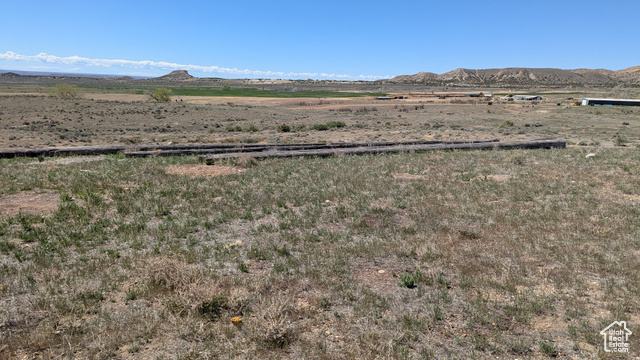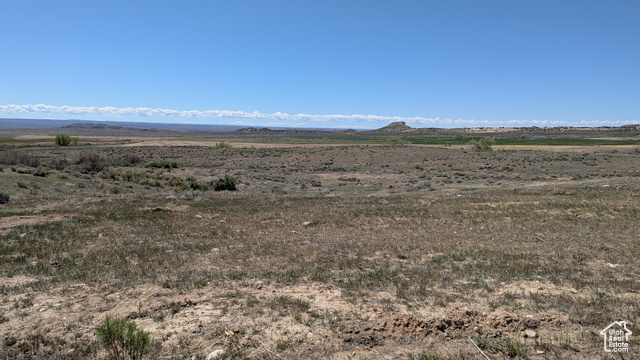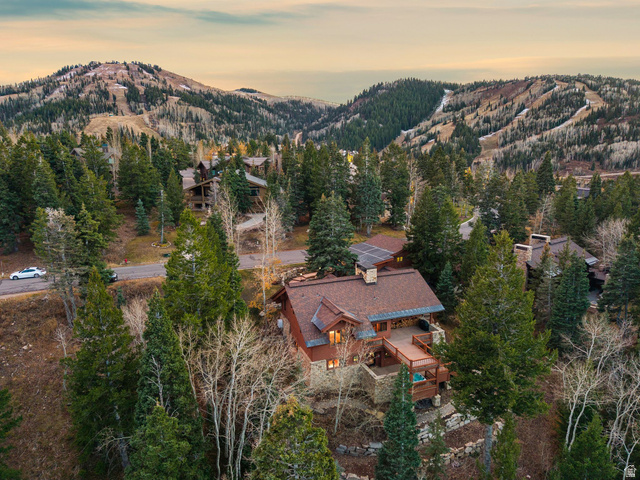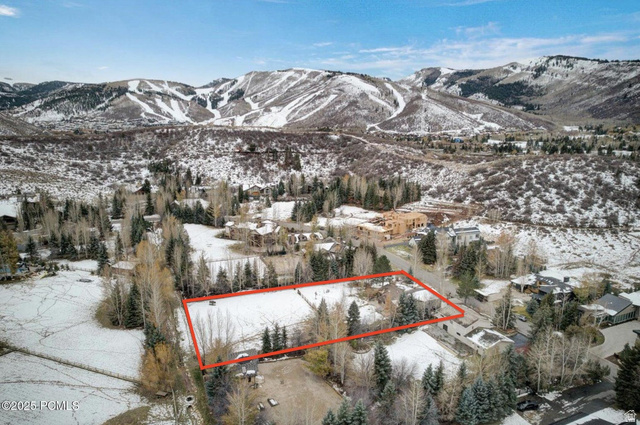A clear look at when it’s worth it to upgrade kitchen cabinets, comparing custom and standard options so homeowners can plan their remodel with confidence.
Image from Freepik
Utah is known for its stunning scenery and strong communities, but also for sudden weather changes, windstorms, earthquakes, and winter power outages that can catch homeowners off guard. While emergency preparedness can feel overwhelming, it doesn’t have to be expensive. Small, strategic steps can help protect your home, keep your family safe, and minimize the stress of unexpected events. For some homeowners, that even includes practical upgrades like installing a backup generator to ensure essential power stays on during rare but impactful outages. The key is creating a plan that strengthens your home’s resilience without straining your budget.
Start With a Personalized Emergency Checklist
Every household is different. A good preparedness plan begins with identifying your home’s specific needs:
-
Do you rely on medical devices that need power?
-
Are you in an area prone to strong winds or downed power lines?
-
Do you have kids or elderly family members who require extra supplies?
-
Do you own pets that need accommodation in an emergency?
By listing your household’s essentials first, you avoid wasting money on items you don’t actually need.
Build a Budget-Friendly Emergency Kit
A comprehensive kit doesn’t need to be expensive. Start with low-cost essentials:
-
Flashlights and spare batteries
-
A basic first-aid kit
-
Bottled water
-
Shelf-stable food
-
Blankets or warm layers
-
Manual can opener
-
Basic tools and duct tape
Adding one or two items per week keeps the cost low and provides peace of mind over time.
Prioritize Backup Lighting and Heat Sources
Power loss during Utah winters can create uncomfortable or even dangerous conditions. Affordable items like LED lanterns, battery-powered heaters designed for indoor safety, and insulated blankets help maintain warmth until power returns.
For summer outages, portable fans that run on batteries or USB power banks can make a significant difference.
Protect Your Home From Structural Damage
Emergency preparedness is also about reducing potential repair costs. Simple steps can protect the home itself:
-
Secure loose outdoor furniture before storms
-
Reinforce fencing to withstand strong winds
-
Clean gutters to prevent water pooling
-
Trim tree branches near the roof
-
Store hazardous materials (like fuel or chemicals) safely
These small measures help avoid expensive damage from storms or debris.
Make Low-Cost Upgrades to Improve Safety
Image from Freepik
Certain small upgrades greatly increase home safety without large investments:
-
Install carbon monoxide detectors
-
Add smoke alarms in key areas
-
Keep a fire extinguisher on every floor
-
Use surge protectors to safeguard electronics
-
Anchor heavy furniture to reduce earthquake risks
These improvements help protect both your property and the people inside it.
Organize Important Documents and Digital Backups
In emergencies, quick access to documents can save time and reduce stress. Create a waterproof folder (or digital folder) for:
-
Insurance information
-
Home inventory
-
Medical records
-
Identification documents
-
Emergency contacts
Storing digital scans in the cloud ensures you can access information even if physical copies are damaged.
Review Your Insurance Policies Before Disaster Strikes
Many homeowners are surprised by what their policy does not cover. Reviewing your insurance before an emergency costs nothing and can prevent major financial setbacks later.
Key areas to double-check:
-
Flood insurance
-
Earthquake coverage
-
Sewer backup protection
-
Personal property limits
Understanding your coverage helps you prepare smarter and avoid costly gaps.
Know When to Consider Bigger Upgrades
Some homeowners go beyond the basics and explore more robust preparedness options. Examples include solar battery systems, reinforced garage doors, sump pumps, and backup generators. These investments aren’t required for every household, but can be strategic for those in areas prone to outages or high winds.
If you’re considering a more reliable power option, installing a backup generator can help ensure refrigerators, medical devices, heating systems, or essential electronics stay functional during emergencies.
Preparing your Utah home for emergencies doesn’t have to be financially overwhelming. With smart planning, low-cost upgrades, and a gradual approach to building supplies, every homeowner can strengthen their property’s resilience and protect loved ones when unexpected situations arise. Readiness isn’t about fear, it’s about confidence, stability, and peace of mind.
For more evidence-based information on emergency planning and household readiness, the Federal Emergency Management Agency (FEMA) provides reliable resources, offering practical guidance for families in all regions.









